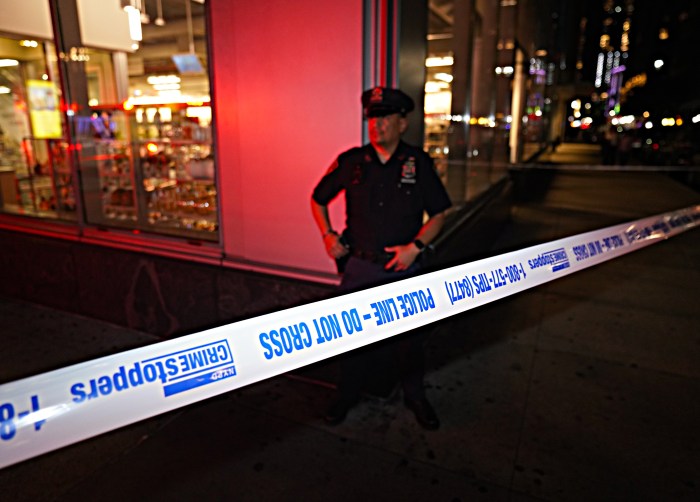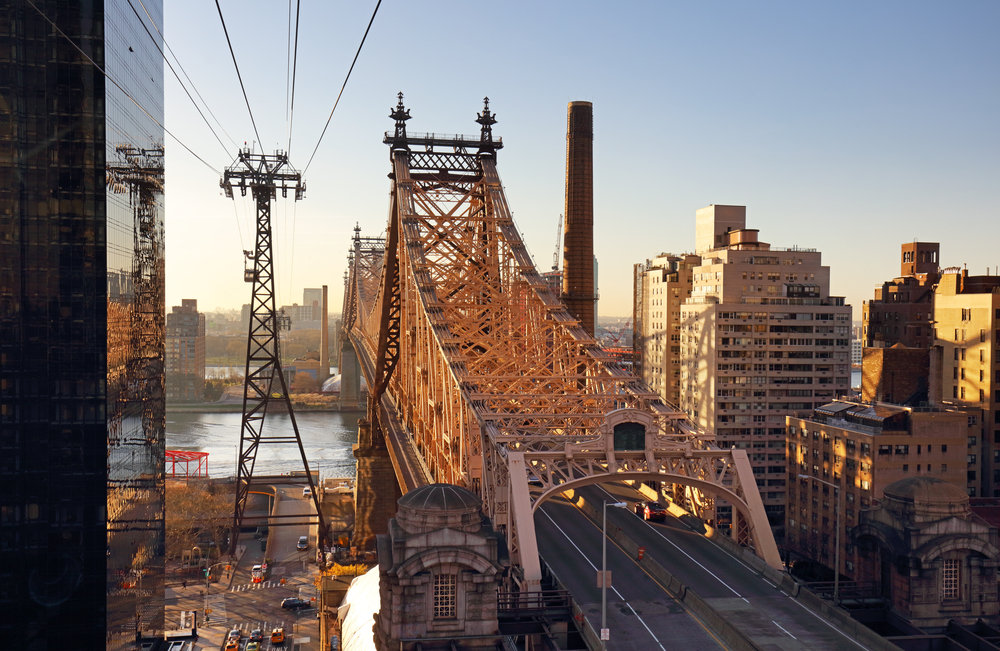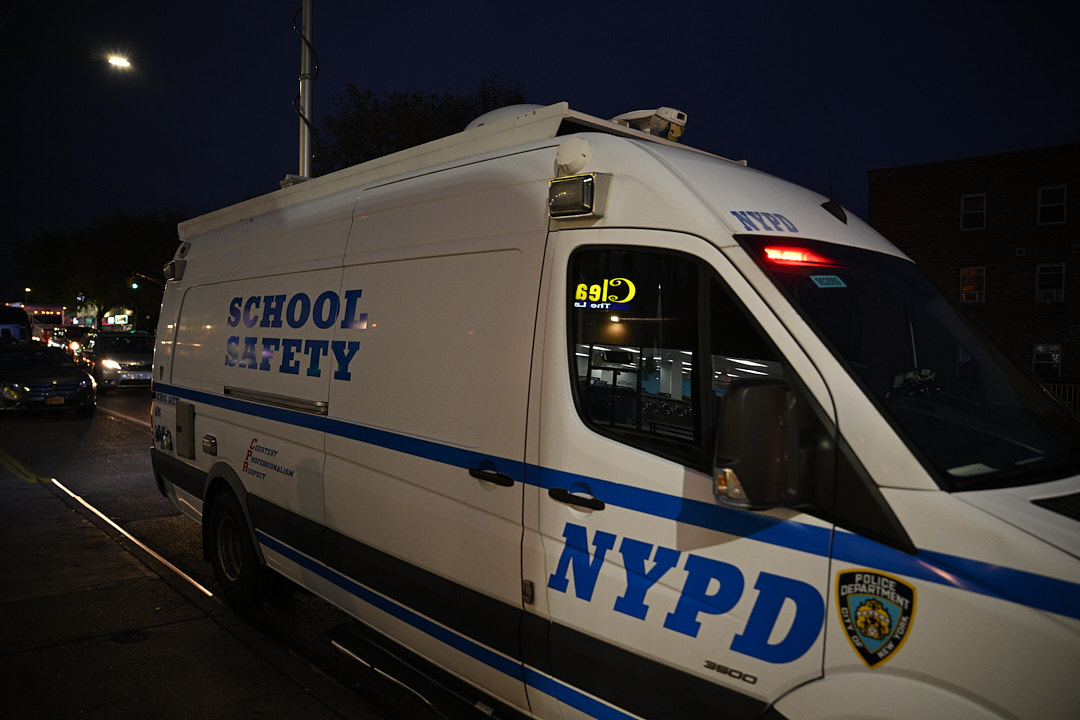The Northern Lights could be visible in some parts of the northern United States this weekend, but the chances are low for New York City residents to see the phenomenon, according to space weather forecasters.
A geomagnetic storm watch was issued by the National Oceanic and Atmospheric Administration because of a coronal mass ejection (CME), or expulsion of plasma and magnetic field from the Sun’s atmosphere, headed toward Earth. The CME is expected to hit Earth’s magnetosphere Saturday afternoon, resulting in a geomagnetic storm that could last until around midnight, said Rob Steenburgh, an NOAA space weather forecaster, but he added the predicted arrival time could be off by several hours.
During that storm is when the Aurora Borealis, known as the Northern Lights, could be visible.
“It doesn’t look like the storm is going to be strong enough” to reach New York City, Steenburgh said. NOAA expects this storm to be a 2 on its scale of 1 to 5, he said.
There’s a higher chance of visibility in upstate New York and other northern states like Michigan, Vermont, New Hampshire and Maine.
Even if the storm does stretch farther south, the Northern Lights would be harder to see from the city than from more rural places, said Jackie Faherty, an astrophysicist at the American Museum of Natural History.
“New York’s got so much light pollution that it’s tricky to catch the aurora even if it’s actually there,” she said.
There also will be a nearly full moon Saturday night, which adds even more light to the sky, Steenburgh said.
Still, Faherty encouraged New Yorkers to try to look for the lights, even if the chances are low.
“This is what I call a sky watching adventure,” she said.
She recommends going to a park or rooftop with a clear view of the sky. “The outer boroughs certainly have more of a chance,” she said, but added Inwood Hill Park in upper Manhattan also is a good spot.
“If people really want to see it, they should get in their cars and start driving north,” Faherty said.
The collision of the CME with Earth’s magnetosphere can also cause issues with GPS and cellphone satellites.
































